.jpg)
Delightful tiny polyps! Each little 'star' is an individual. They are all connected, their flesh is one. Like all the pores of skin are neighbors in the human skin. The white edge is the growing part. There are 'baby' polyps along the edge here and there. Months for them to mature, and and then their edge grows away from them, spawning new babies. The old polyps toward the center, the beginning, of this three foot(one meter) wide coral are hundreds of years old. All growing from one little original polyp that settled on this spot long ago. They divide, but cannot separate.
This is a "Plate" or "Sheet" coral, and is very thin. Attached to the rock underneath only at the very beginning of its' life, the coral is less than an inch(2.4cm) thick, tapering to a razor thin edge. In some places on a reef, these corals form offset layers just like shingles on a roof, or scales on a fish.
The 'hard' part of stony coral is made of brittle, rock-like stuff called calcium-carbonate. It is pure white in color. It is the skeleton of the polyps, the flesh is on top of the 'bones'. Polyps on top of the structure like a rug are totally unprotected from human touch- an alien thing in the coral world. Fish float, even a ten pound lobster has no weight in the sea. Their 'feet' are just tiny pinpoints used for guidance. Put a 'bug' on a dock, and they lie there helpless, their legs are much too weak to hold their weight for them to run away and jump back into the water.
On land, trees have tough bark, so a cat can climb and a horse can lean with no damage. Grass is amazing, a 1,000 pound cow can walk around on grass eating it down short, with little damage to the plants! Not so living things on the reef. Fish don't have feet, hooves, claws. It is difficult to percieve the difference in land life, and water life. Land life must deal with gravity. Water is controlled by buoyancy and then gravity.

.jpg)



.jpg)
.jpg)
.jpg)
.jpg)
.jpg)
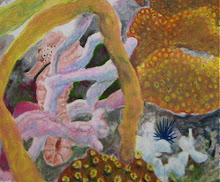.jpg)
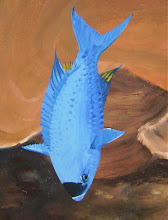.jpg)
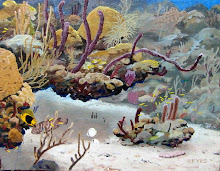.jpg)
.jpg)
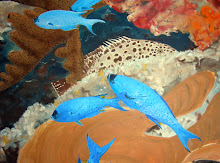.jpg)
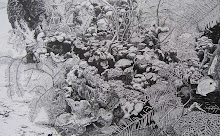.jpg)
No comments:
Post a Comment